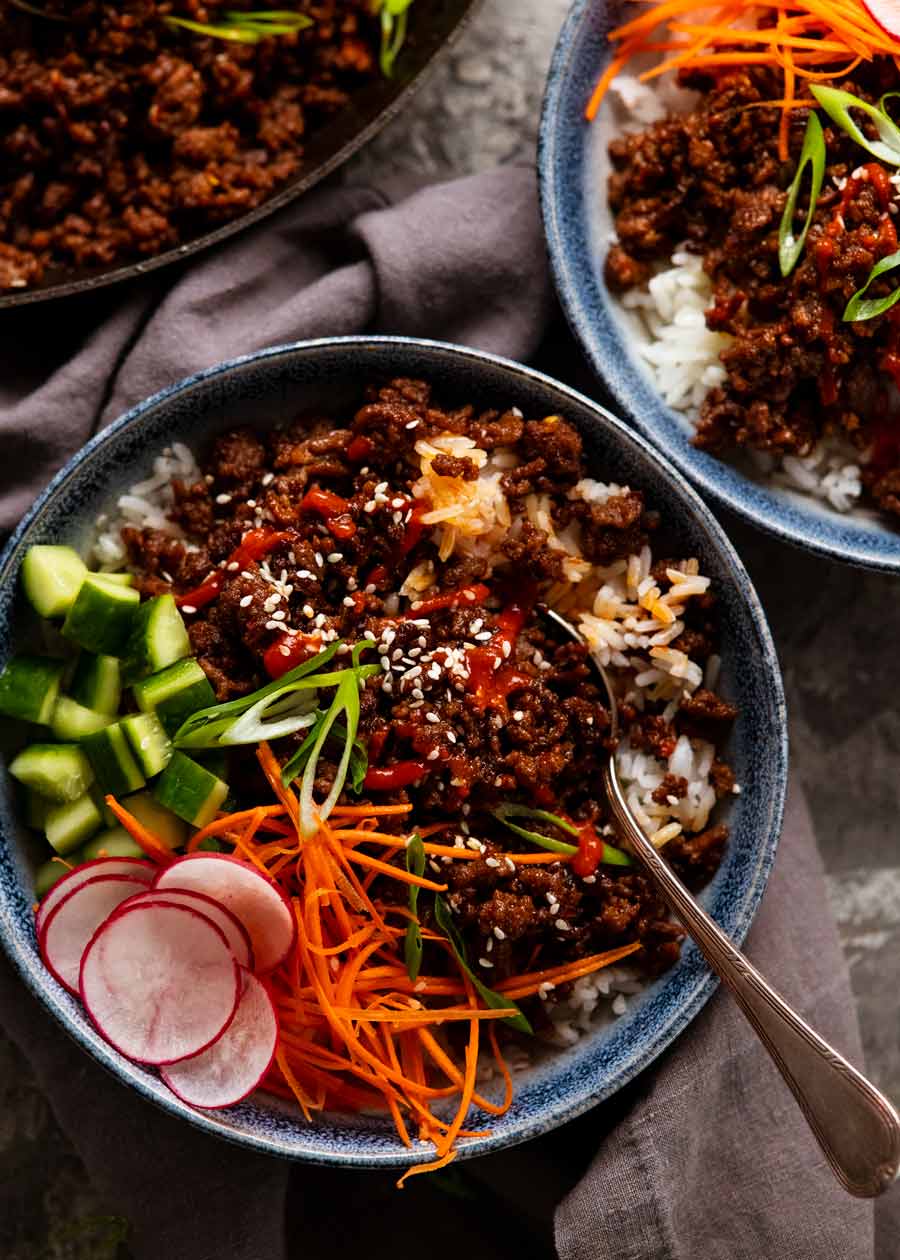
Exploring the Benefits and Delights of Healthy Spicy Food
Introduction
When it comes to elevating the flavor profile of our food, spices play a crucial role. Beyond adding a kick of heat, these flavorful ingredients can also contribute to our overall well-being. Healthy spicy food : This blog post aims to explore the nutritional advantages and culinary delights of healthy spicy dishes, showcasing how a dash of spice can not only tantalise our taste buds but also support our journey towards optimal health.
The Health Benefits of Spicy Foods
A. Capsaicin: The Key Ingredient in Heat
Capsaicin, the compound responsible for the fiery sensation experienced when consuming spicy foods, is more than just a flavor enhancer. It offers several potential health benefits:
1. Boosting metabolism and potential weight management benefits: Studies suggest that capsaicin may temporarily raise body temperature and metabolism, potentially aiding in weight management. However, more research is needed to fully understand its long-term effects.
2. Anti-inflammatory properties and their impact on chronic diseases: Capsaicin has been shown to possess anti-inflammatory properties, which may help alleviate symptoms of chronic conditions like arthritis and heart disease.
B. Digestive Health and Gut Microbiome
Spicy foods can have a profound impact on our digestive system and the delicate balance of gut bacteria:
1. Influence on digestive enzymes and nutrient absorption: Capsaicin has been found to stimulate the production of digestive enzymes, which can aid in the breakdown of food and improve nutrient absorption.
2. Healthier gut microbiome: Some studies have linked the consumption of capsaicin with a healthier gut microbiome, which plays a crucial role in overall well-being.
C. Immune System Boosters
Certain spices and their active compounds can contribute to a stronger immune system:
1. Antioxidant properties: Many spicy ingredients, such as turmeric and cayenne pepper, contain antioxidants that help protect cells from damage caused by free radicals.
2. Potential anti-cancer effects: Phytochemicals found in some spices, like curcumin in turmeric, have been studied for their potential anti-cancer properties.
Popular Spices and Their Health Advantages
A. Turmeric (Curcumin)
1. Anti-inflammatory and antioxidant effects: Curcumin, the active compound in turmeric, has potent anti-inflammatory and antioxidant properties that may help alleviate symptoms of conditions like arthritis and inflammatory bowel disease.
2. Role in cognitive function and brain health: Emerging research suggests that curcumin may have neuroprotective effects and could potentially play a role in maintaining cognitive function and brain health.
B. Cayenne Pepper
1. Blood sugar regulation and cardiovascular health benefits: Capsaicin found in cayenne pepper has been linked to improved blood sugar regulation and reduced risk of heart disease, thanks to its anti-inflammatory and antioxidant properties.
2. Pain relief potential: Some studies indicate that topical application of creams containing capsaicin may help alleviate pain associated with conditions like arthritis and neuropathy.
C. Ginger
1. Relief from nausea and motion sickness: Ginger has long been recognized for its ability to alleviate nausea and motion sickness, making it a helpful natural remedy for those prone to these conditions.
2. Anti-inflammatory effects and immune support: Like many other spices, ginger possesses anti-inflammatory properties that can help reduce inflammation in the body, while also providing a boost to the immune system.
Creating Healthy Spicy Recipes
Incorporating spices into your meals doesn’t have to compromise your health goals. With a little creativity and knowledge, you can enjoy delicious and nutritious spicy dishes:
A. Incorporating Spices into Balanced Meals
1. Tips for adding heat to lean proteins, whole grains, and vegetables: Spices can be used to flavor lean proteins like chicken or fish, as well as whole grains and vegetables. Try adding cayenne pepper or chili powder to roasted vegetables, or sprinkle cumin on grilled chicken for a flavorful kick.
2. Examples of globally inspired healthy spicy dishes: Explore dishes like Moroccan-style tagines with spices like cumin, coriander, and cinnamon; Thai curries featuring turmeric, ginger, and chili; or Mexican-inspired salads with a dash of chipotle or ancho chili powder.
B. Balancing Heat with Flavor and Texture
1. Pairing spicy ingredients with cooling elements: Balance the heat of spicy dishes by incorporating cooling elements like yogurt, cucumber, or mint. For example, serve spicy grilled chicken with a refreshing cucumber-yogurt sauce.
2. Maximizing taste without added sugars or unhealthy fats: Enhance the flavor of spicy dishes with herbs, citrus juices, and spice blends instead of relying on excessive amounts of sugar, salt, or unhealthy fats.
Moderation and Individual Sensitivities
While spicy foods offer numerous health benefits, it’s essential to approach them with moderation and awareness of individual sensitivities:
A. Adapting spice levels to personal tolerance: Start with small amounts of spice and gradually increase the heat level to find your personal comfort zone. Some individuals may have a higher tolerance for spicy foods than others.
B. Understanding potential side effects and managing them through diet choices: Healthy spicy food can sometimes contribute to acid reflux or digestive discomfort in sensitive individuals. If you experience these issues, try limiting your intake of spicy foods or incorporating more cooling ingredients like yogurt or cucumber to ease the heat.
Conclusion
Spicy foods can be a delightful and nutritious addition to a well-balanced diet. From boosting metabolism and supporting digestive health to offering anti-inflammatory and antioxidant benefits, spices like turmeric, cayenne pepper, and ginger have much to offer in terms of health advantages.
Experiment with different spices in your cooking, exploring globally inspired recipes that showcase the unique flavors and benefits of these powerful ingredients. Remember, moderation is key, and it’s essential to tailor your spice consumption to your individual tolerance and needs.
Embrace the joy of spicy foods while reaping their health rewards. Elevate your meals with a dash of heat, and let the flavors take you on a culinary journey that nourishes both your taste buds and your overall well-being.
Additional Resources
To further explore the world of healthy spicy cuisine, consider these additional resources:
A. Suggested recipes featuring healthy, spicy ingredients:
- “Vegan Richa’s Indian Kitchen” by Richa Hingle
- “Damn Delicious Meal Prep” by Chungah Rhee
- Websites like Minimalist Baker and Cookie + Kate for spicy, plant-based recipe inspiration
B. Links to further reading on the science behind spices and health:
- “The Health Benefits of Spices and Their Culinary/Medicinal Uses” by Sahdeo Prasad and Bharat B. Aggarwal
- “Spices and Their Health Benefits” by the American Chemical Society
C. Recommendations for expert advice or cookbooks focused on healthy spicy cuisine:
- “The Healing Spices Cookbook” by Dr. Bharat B. Aggarwal and Dr. Deborah Yost
- Consider consulting with a registered dietitian or nutritionist for personalized guidance on incorporating spices into your diet in a balanced and healthful way.
By embracing the world of healthy spicy food and seeking expert advice, you can elevate your culinary experiences while supporting your overall health and well-being.




